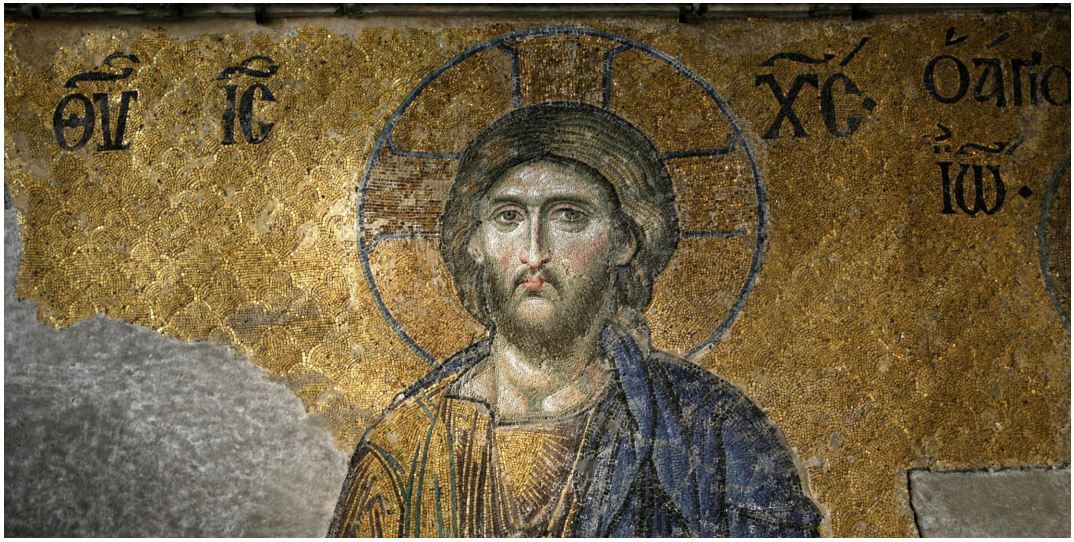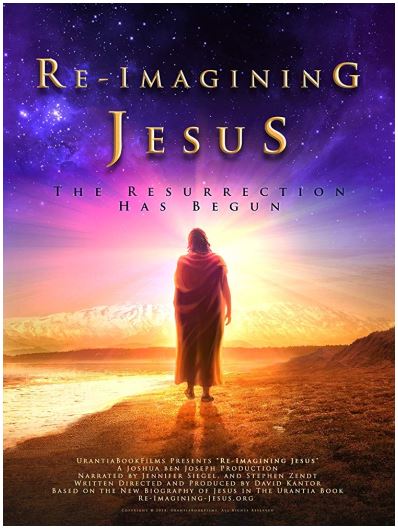© 2019 David Kantor
© 2019 The Urantia Book Fellowship

Christianity in the first few centuries of the Christian era was characterized by many divergent beliefs about who or what Jesus actually was. Diverse communities of believers with dynamic and sometimes visionary leadership were evolving throughout the Mediterranean world and beyond. Significant conflicts between these groups shaped what became orthodoxy. Some of the primary beliefs are listed below. Which one(s) most closely reflect the Christology of The Urantia Book?
¶ Early Beliefs About the Nature of Christ
Adoptionists: A human Jesus was adopted by God at the time of his baptism and made his son. His human and divine natures existed separately.
Apollinarians: Christ had a single divine nature. He did not have a human mind but rather had a human body and emotions with a divine mind.
Arians: God the Son and God the Father are not fully equal. If the Son was “begotten” it means that he post-dates the Father and is therefore neither equal nor coeternal with the Father.
Basilides: Christ came to liberate the forces of light from the material realm of ignorance and evil. Christ was the mind of God which descended upon Jesus at his baptism.
Chalcedonian: Two natures, human and divine, are united in the one person (or personality) of Jesus. (This is the position that became the orthodoxy of the mainstream church after the Council of Chalcedon in 451.) Docetists: Christ had no real human nature. His image was only an illusory shape, a manifestation of a purely divine being. His sufferings on the cross were illusory.
Diothelites: Jesus had two natures and two wills. Ebionites: Early Jewish-Christian movement following Jesus as a human being. He had no divine nature.
Eutyches: Jesus’ human nature was deified and subsumed into the single divine essence of Christ. He was a fusion of human and divine natures but no longer had a specifically human identity.
Gnostics: Christ was a divine being come to redeem believers from the evil and contaminated material world. Christ’s true identity or nature was always divine and, while on earth, he occupied a supernatural body quite distinct from humanity.
Manicheans: The cosmos consists of an absolute and eternal war between forces of light and darkness. Christ was a liberator come to redeem the elements of light trapped in the material world. He was thus a purely supernatural or divine being and any human or material elements must be illusory. (Originating in the third century, this movement became an independent world religion.)
Marcion: Jesus Christ was the son of the good God of the New Testament who sent him to earth to save the world from the old spiritual regime of the flawed God of the Old Testament.
Miaphysites: The person of Jesus had a divine nature and a human nature, united into a compound being “without separation, without mixture, without confusion, and without alteration.”
Monophysites: Christ was divine, one nature; not human. He was God incarnate.
Monotheletes: Christ had two natures but a single will.
Nestorians: Christ had two natures, human and divine, but not in a true union. Mary could thus be called the Mother of Christ, but not the Mother of God.
Paul of Samosata: A man, Jesus, became divine at the time of his baptism.
Sabellius: Christ had a human body but no real human nature. He was identical to God in his nature. Christ was one with the Father to the extent that it was the Father who suffered on the cross.
Valentinus: The divine Christ came to redeem the evil world but had no true human nature; his body was always supernatural rather than truly human.
Word/Flesh Christology: The Logos became flesh so the Logos was the principle guiding Christ’s flesh or body. Christ lived as a representative of humanity as a whole rather than a fully developed human individual in his own right.
Word/Man Christology: The Logos became human in the form of the man Jesus Christ. Christ was not just a generic representative of humanity, but a fully individual human being.
(This is a work in progress developed by David Kantor as reference material for the upcoming film, Repercussions of the Bestowal of Christ Michael 4/26/2019 11:55:41 AM)
David Kantor is the director of Urantia Book Films, sponsored by Rocky Mountain Spiritual Fellowship. He is producer of the Amazon Prime film, “Re-Imagining Jesus” and has a new film, “Who Say You That I Am?” currently in production, optimistically projected for completion by the end of 2020. He was also on the editorial team for the newly published book, “The Untold Story of Jesus.”

¶ References
- Article obtained from The Fellowship site